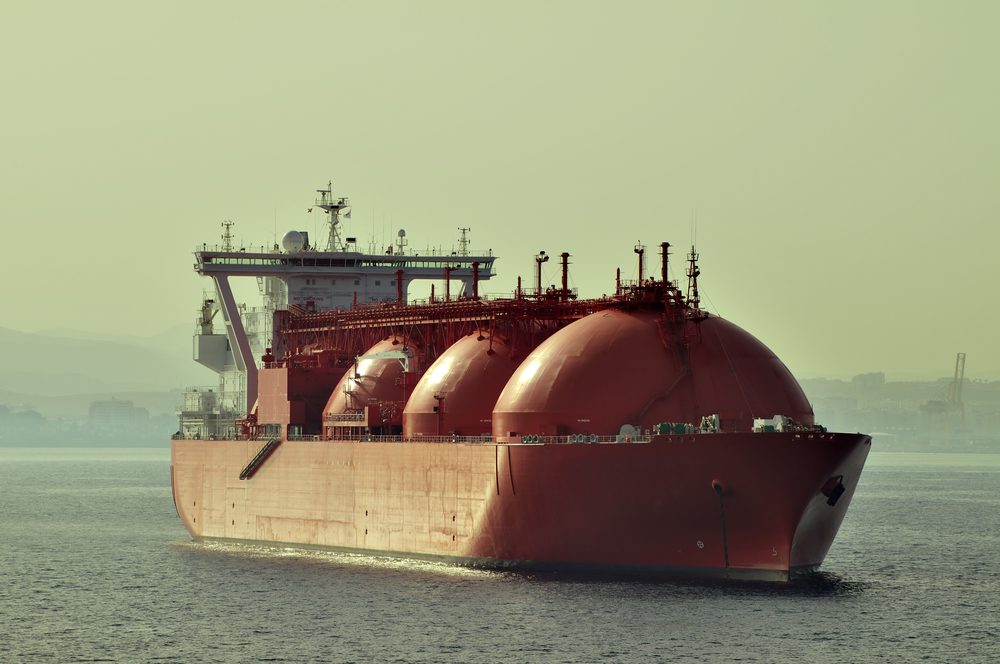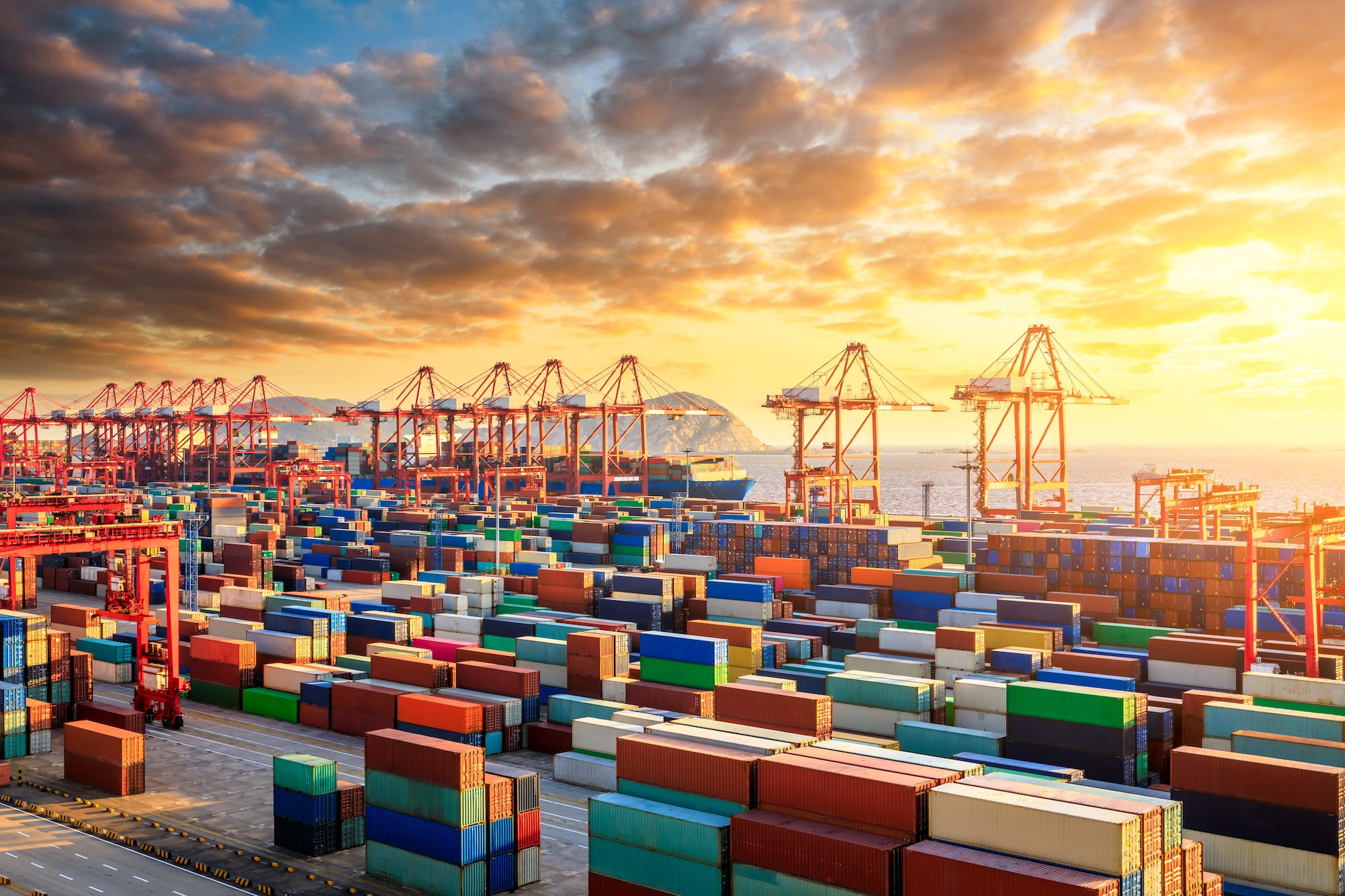Oleksandr Kalinichenko / Shutterstock

By Anna Shiryaevskaya (Bloomberg) — Forget Asian hunger for energy or where liquefied natural gas costs the most, at the moment it’s all about tanker rates.
Northwest Europe has seen a boom in LNG imports this month, with cargoes arriving from atypical sources including Peru and Egypt, while the U.S. and Russia are also sending tankers into the most liquid gas market outside of North America. That’s come as shipping rates have climbed to near records while the premium Asia pays for fuel has barely changed.
“We focus on the commodity price, but that spread has closed, and because the shipping rates are up, the spread is even lower,” said Jean-Christian Heintz, founder and director of adviser Wideangle LNG in Lugano, Switzerland. “All eyes are on shipping optimization. Shipping optimization becomes even more important than the commodity price.”
Here’s how it works. If you are a major LNG trader such as Royal Dutch Shell Plc, BP Plc or Total SA with many tankers and multiple supply options, you can make money from shipping to the nearest market and freeing up vessels to charter out. With shipping rates near $150,000 a day, meeting a 10-day voyage requirement in the market would earn about $1.5 million.
“If I am a BP or Shell and I have a large fleet, I will try to have my fleet less busy and deliver more locally so I can free up one of my vessels for sub-chartering for longer voyages,” Heintz said.
Russia’s Yamal LNG plant exemplifies the trend. That Siberian LNG is increasingly staying in northwest Europe, a reversal of the situation seen during the past year, when most of the fuel was transferred from specialized ice-breaking vessels onto cheaper-to-operate conventional tankers to capture higher prices in Asia and South America.
“It is at best only a marginal call as to whether to reload gas from European LNG terminals and send it to Asia or keep it in Europe,” Energy Aspects said in a note. “As such, there is the possibility that more Yamal cargoes will be left in the European market over the winter than we previously expected.”
The diversity of supplies is unusual. While contracted Qatari and Nigerian cargoes are a regular sight in the seven import terminals of northwest Europe — three in the U.K., two in northern France, one each in Belgium and the Netherlands — the list below shows the variety. Britain’s South Hook site, majority owned by Qatar Petroleum, is even set to receive a U.S. cargo, the first non-Qatari import since the facility opened at the start of this decade.
Origin Cargoes Arrived/Due in NW Europe in Oct. 1 to Nov. 7 period:
- Qatar 8
- Russia 6
- Nigeria 4
- U.S. 3
- Angola 2
- Norway 2
- Trinidad and Tobago 1
- Peru 1
- Egypt 1
- France 1
*Russian cargoes do not include completed or possible transshipments
© 2018 Bloomberg L.P

 Join The Club
Join The Club











